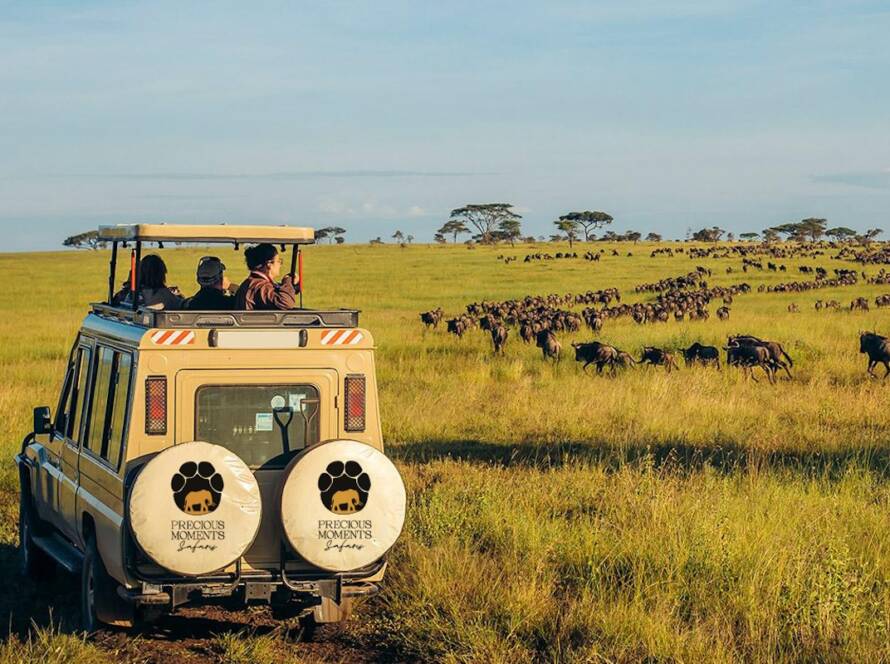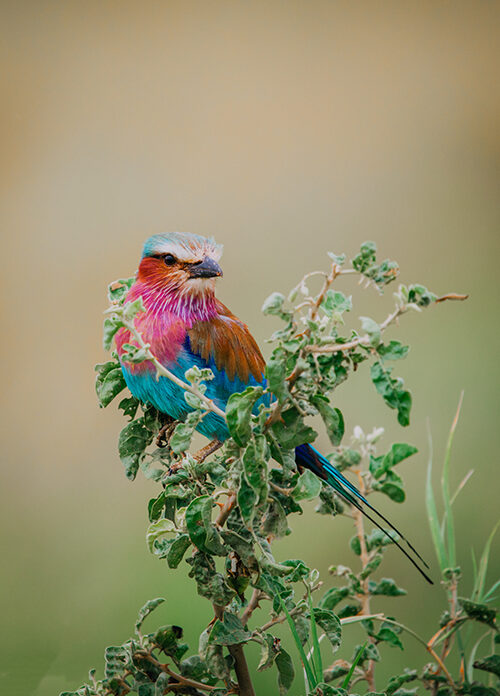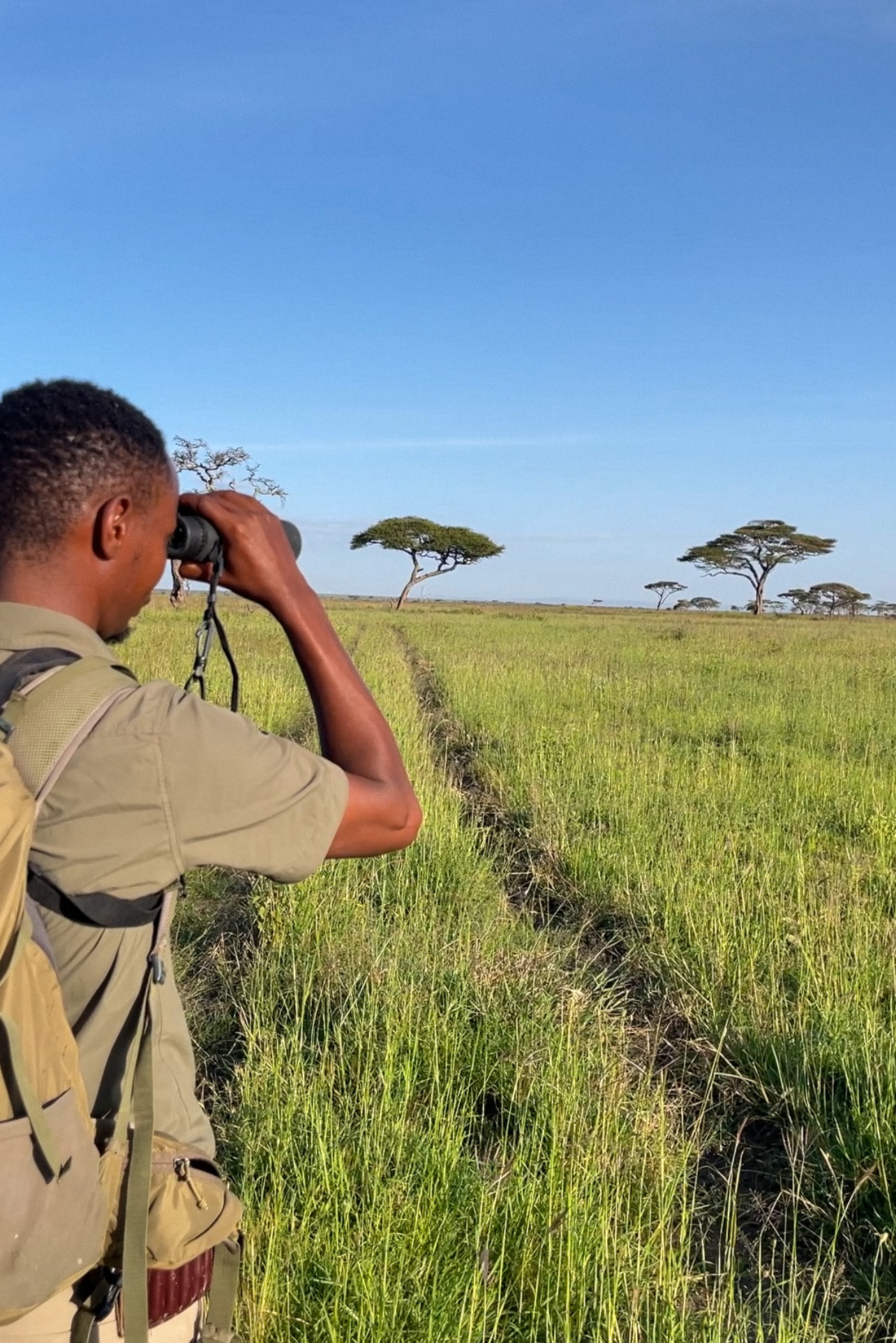Game Drives
On a 4x4 adventure across the Serengeti’s endless plains, spotting the Big Five (lions, leopards, elephants, buffalo, rhinos) and witnessing the Great Wildebeest Migration (seasonal).
Ruaha National Park stands out as a destination for those who crave a safari experience that feels exclusive and immersive. Here’s why it should be on your travel radar: Off-the-Beaten-Path Adventure: Unlike Tanzania’s busier northern parks, Ruaha remains relatively undiscovered, offering a serene safari with minimal crowds. You’re more likely to share the landscape with wildlife than with other vehicles. Diverse and Stunning Landscapes: The park’s scenery is a photographer’s dream, featuring ancient baobab forests, deep river gorges, rocky escarpments, and vast savanna plains. The Great Ruaha River, the park’s lifeblood, adds a dynamic element to the vistas. Abundant Wildlife Encounters: Ruaha is renowned for its massive lion prides, often numbering over 20 individuals, as well as large herds of elephants, elusive leopards, and rare species like African wild dogs. It’s a predator’s paradise. Birdwatcher’s Paradise: With over 570 bird species, including endemics like the Ruaha red-billed hornbill, the park is a hotspot for ornithologists and casual bird lovers alike. Raw African Wilderness: Ruaha’s remote location and minimal human footprint make it ideal for travelers seeking an authentic, untamed African experience, complete with star-filled skies and the sounds of the wild.
The dry season (June to October) is the prime time for game viewing, as animals congregate around the shrinking water sources along the Great Ruaha River, making them easier to spot. The landscape is also less dense, improving visibility. However, the wet season (November to May) transforms the park into a lush, green paradise, ideal for birdwatching and photography, though some roads may become impassable, and wildlife is more dispersed.
Ruaha’s remote location requires some planning. The most convenient option is a charter flight from major hubs like Dar es Salaam, Arusha, or Zanzibar, landing at Msembe Airstrip within the park. Flights typically take 1-2 hours and offer stunning aerial views. Alternatively, you can drive from Iringa (about 130 km away), a 3-4 hour journey on a mix of paved and dirt roads. For overland adventurers, a road trip from Dar es Salaam is possible but takes 10-12 hours and is best split over two days.
Ruaha is ideal for adventurous travelers and seasoned safari-goers, but it can also suit families and first-timers with proper planning. Its remote nature and less-developed infrastructure mean it’s less commercialized than other parks, which may appeal to those seeking authenticity but could be challenging for those expecting luxury or extensive amenities. Many lodges offer family-friendly accommodations and guided activities, but parents should note that walking safaris often have age restrictions (typically 12 or 16 and up) for safety.
Ruaha caters to a range of budgets and preferences. Luxury tented camps, such as Jongomero Camp or Kigelia Camp, offer upscale amenities, private verandas, and gourmet dining while blending seamlessly into the wilderness. Mid-range eco-lodges, like Ruaha River Lodge, provide comfortable rooms with stunning river views. Budget travelers can opt for basic campsites or bandas (simple cottages) within the park, equipped with shared facilities. Most accommodations prioritize eco-friendly practices, reflecting Ruaha’s commitment to conservation.
Yes, Ruaha lies in a malaria-risk zone, particularly during the wet season when mosquitoes are more prevalent. Visitors should consult their doctor about antimalarial medication before traveling. Additional precautions include wearing long sleeves and pants during dawn and dusk, using insect repellent with DEET, and sleeping under mosquito nets (provided by most accommodations). Check with your lodge for specific advice, as some areas near the river may have higher mosquito activity.



On a 4x4 adventure across the Serengeti’s endless plains, spotting the Big Five (lions, leopards, elephants, buffalo, rhinos) and witnessing the Great Wildebeest Migration (seasonal).

Ruaha’s 570+ bird species make it a birdwatcher’s haven. Guided birding tours target endemic and rare species, such as the Ruaha red-billed hornbill, Tanzanian red-billed hornbill, and Pel’s fishing owl. The wet season is particularly rewarding, as migratory birds arrive, and the landscape bursts with color.

Stretch your legs with a guided bush walk, tracking animal footprints, learning about native plants, and experiencing the wilderness up close alongside expert rangers.

experiences rival sipping a drink while watching the sunset over the Great Ruaha River. Many lodges arrange sundowner outings, where you can relax by the water, listen to hippos grunting, and watch crocodiles glide by. It’s a perfect way to unwind after a day of adventure.
Katavi National Park is home to a rich variety of wildlife, including elephants, cape buffalo, lions, leopards, hippos, crocodiles, warthogs, zebras, baboons, vervet monkeys, and over 400 species of birds, such as saddle-billed storks, fish eagles, pelicans, herons, and jacanas.






Let us craft your unforgettable adventure deep in the African wilderness. Contact us for a personalized quote, whether you are travelling solo, with friends, as a couple, or with family.
TAILOR MADE SAFARIS